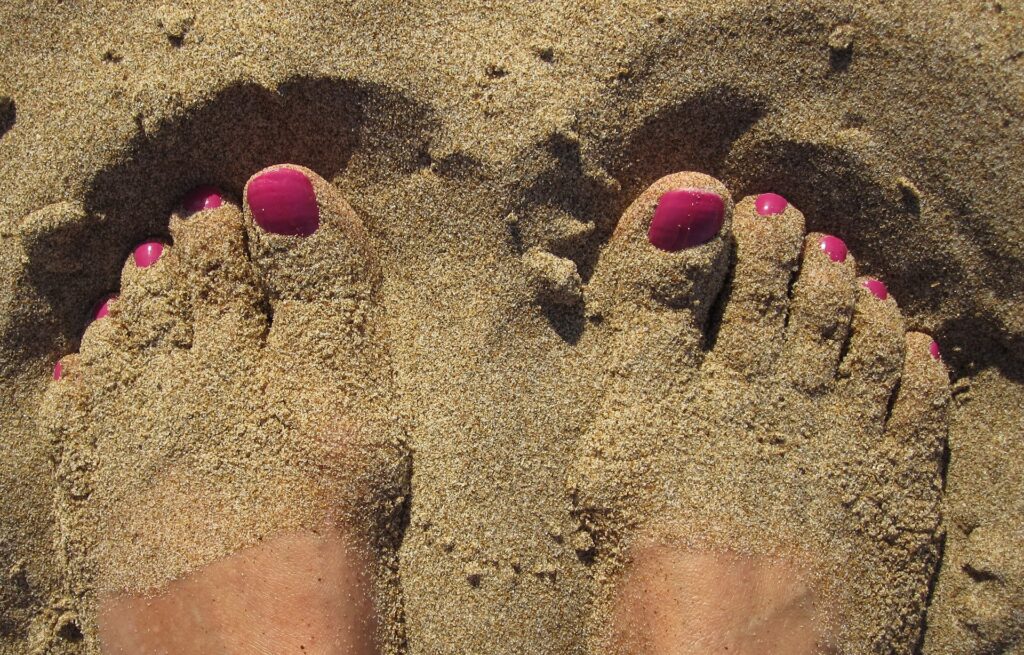“What are you doing?” “I’m painting my wart with nail polish.” “Do you think that will work?” “It worked last time. I imagine to myself that it’s the same medicine from the pharmacy that my friend uses.”

There are various suggestive procedures for removing warts. The dialogue “Wart Remedy” combines several intervention types.
The described method has proved its value on numerous occasions, and works even if the patient does not imagine any medicine, since it shifts the focus of attention to the removal of the wart. The action carries the implication that the wart is equivalent to a fingernail, or in other words that it turns into keratin. Positive connotations are also ascribed to the wart by incorporating it into a cosmetic routine.
A four-year-old boy discovered an effective way of removing a wart by telling it angrily to, “go jump in a lake!” In methodological terms, he was addressing his body with a directive suggestion, and externalising and visualising the wart.
Crasilneck and Hall treat a wart by suggesting that it is becoming colder and colder, or in other words by constricting the blood vessels and reducing the circulation. (Crasilneck & Hall, 1990). Gibbons uses a suggestion of heat concentrating in the wart and triggering the incipient healing. (Gibbons, 1990. Several similar techniques can be found in Olness & Kohen 2001, 272f., 397ff.)
(From: Stefan Hammel: Handbook of Therapeutic Storytelling. Sories and Metaphors in Psychotherapy, Child and Family Therapy, Medical Treatment, Coaching and Supervision, Routledge 2019)
